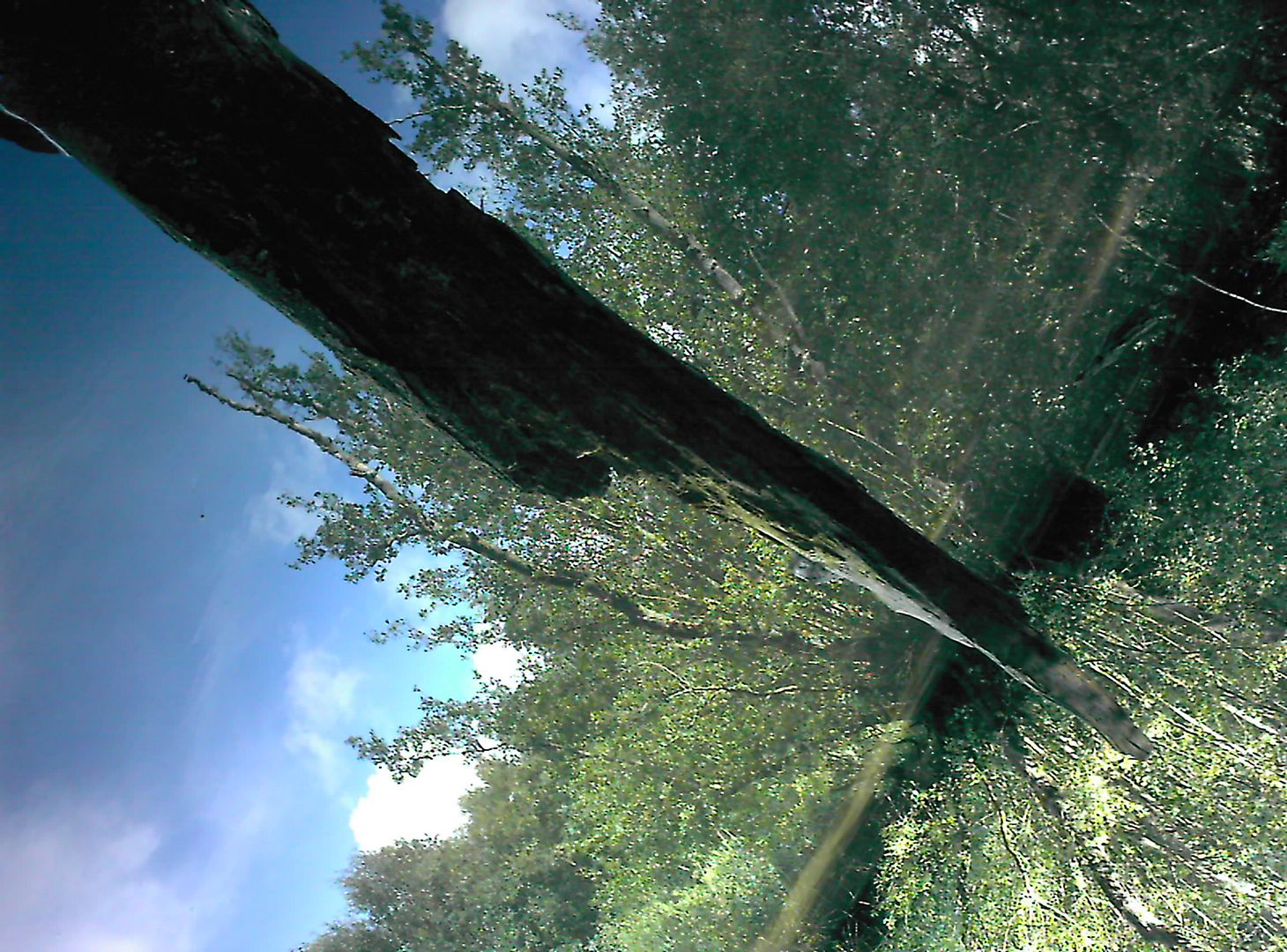Ever wondered what everyone was doing just two weeks after the Woodstock Festival? Pretty much the same kind of thing actually but this time at The Texas International Pop Festival held at Lewisville, Texas, on Labor Day weekend, August 30 to September 1, 1969. The bill featured many of the same bands who'd played Woodstock - Santana, Sly and the Family Stone, Janis Joplin, Ten Years After, and the Incredible String Band.
Amazingly, a film (of sorts) exists called "Got No Shoes Got No Blues" featuring Grand Funk Railroad, Tony Joe White (doing a pretty good "Polk salad Annie), James Cotton, Chicago, Led Zeppelin (a segment of Dazed and Confused), Ten Years After (Spoonful) and Janis Joplin (Summer Time).
It's not great quality and most of the footage isn't synched with the music but it obviously has historical interest and also quite a lot of charm. There is all the Woodstock style footage of grooving smiling hippies, naked bathing, pot smoking, and local officials saying what a nice bunch of kids they are after all. Chip Monck is the MC and Wavy Gravy can be seen from time to time too so the vibes are definitely Woodstockian
However the movie was never finished for commercial release and what you see below is an 80-minute workprint (with time code) that was presumably edited for securing a pre-editing distribution deal.
The commentary (mocked?) from a religious radio station gives an idea of how outlandish, threatening and scary conservative America found the hippy phenomenon in the late 60s. We are informed that "hippies never wash" and their naked bathing is "just so they can get away with it". The local sheriff seems pretty cool though.
Some of the music is very good. Led Zeppelin, still to release their second album and announced as "The Led Zeppelin", put in a short but potent one hour set (see below). It's actually always been one of my favourite "unofficial" Led Zeppelin recordings. The band sound hungry, there is a primitive power to it and there is none of the self indulgent soloing of the later years.The Communication Breakdown encore is a blinder.
Most of the festival was recorded and apart from Zeppelin, there are complete sets by Sly and The Family Stone, Santana, Ten Years After, Janis Joplin, Johnny Winter and others. See below for a section of what's available at the moment on YouTube.
It is surprising though, given the historical importance and the quality of some of the music, that, if the original footage and tapes still exist, no one is looking at it again for some kind of release.
Or are they?
"Got No Shoes Got No Blues"
Led Zeppelin - edited clips 16mm I can't Quit You Baby, Dazed And Confused, How Many More Times, and Communication Breakdown.
Led Zeppelin full set audio
Johnny Winter
Sly and the Family Stone
Delaney and Bonnie
Sam and Dave
James Cotton Blues Band
Rotary Connection with Minnie Riperton
This has a long intro but stick with it. Minne Riperton had an amazing voice. What is that at the 8:00 mark?
Chicago
Ten Years After
The complete TYA set.
Janis Joplin
The YouTube uploader won't allow embedding so click here http://www.youtube.com/watch?v=hZMubm-pwY0
and here http://www.youtube.com/watch?v=OilWHLNnUbM
More info on the festival here
http://www.texaspopfestival.com/home.htm
Festival programme http://www.voicesofeastanglia.com/2012/04/texas-international-pop-festival-1969-programme.html





















